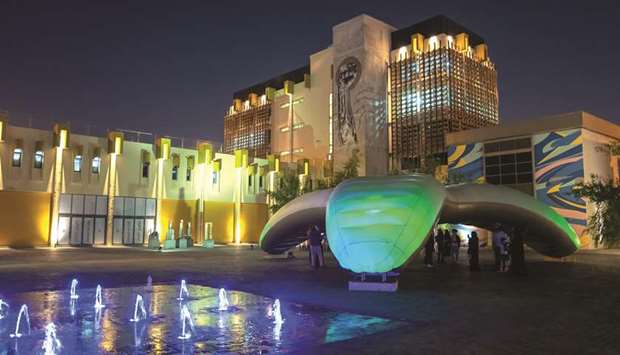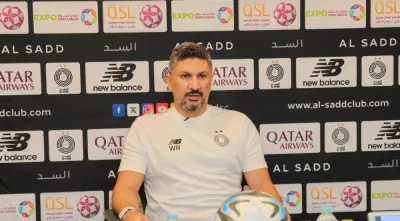Qatar Museums (QM) has announced that the Fire Station is hosting ‘Little Babylon’, an interactive and mobile pavilion that collects data about the city it is located in based on social media interactions of its inhabitants.
The structure then communicates this data with audiences in an interactive way as a dynamic, audio-visual show.
Opened to the public on November 14 and continuing until November 29, it comes as part QM’s “commitment to inspire producers of the future by taking cultural experiences outside the museum walls”, according to a press statement.
The project was created by Rezone, an experimental art, architecture and new-media initiative from ‘s-Hertogenbosch, the Netherlands, together with Kas Oosterhuis, professor of Architecture and Urban Planning at Qatar University, designer of the shape, and Air Design Studio, Marijn Moerbeek and Thomas Rutgers.
Rezone creates projects that connect architecture, urban planning, art and new media.
Its goal is to initiate innovative art projects that enhance the quality of urban spaces.
The pavilion mines Twitter comments for specific topics and translates this data into movement, visuals and sound, which together show the sentiment and temperament of the specific city.
On a more personalised scale, Little Babylon also interacts with individual visitors to the installation who use their social media in its vicinity This unique experience communicates a blend of digital data and physical and dynamic architecture in a new fashion.
Commenting on the project launch, Khalifa al-Obaidly, director of the Fire Station, said: “Little Babylon is interesting because it blurs the lines between the digital and physical world, adding a unique touch to modern architecture. It is fitting that such a creative project finds home at the Fire Station, a hub for the country’s art community. We hope that much like our other initiatives and projects, it becomes a source of inspiration for our creative talents.”
As part of the launch, Rezone hosted a public workshop at the Fire Station titled ‘Little Babylon’, where team members explained how the sculpture uses Twitter to manifest its visual shows.
The discussion explored the tendency of public art today to go beyond the physical space and become part of people’s digital lives.
For more information about the Fire Station’s initiatives, one can visit http://firestation.org.qa.

A view of the interactive initiative that continues till November 29.


